
One of the last surviving stars of classic Hollywood has passed away: Mitzi Gaynor, the vibrant actress, singer and dancer who starred in South Pacific and other golden age musicals, has died at 93.
Gaynor’s managers managers Rene Reyes and Shane Rosamonda confirmed the news to AP, saying that the actress died of natural causes in Los Angeles.
“As we celebrate her legacy, we offer our thanks to her friends and fans and the countless audiences she entertained throughout her long life,” they said in a statement.
“Your love, support and appreciation meant so very much to her and was a sustaining gift in her life.”
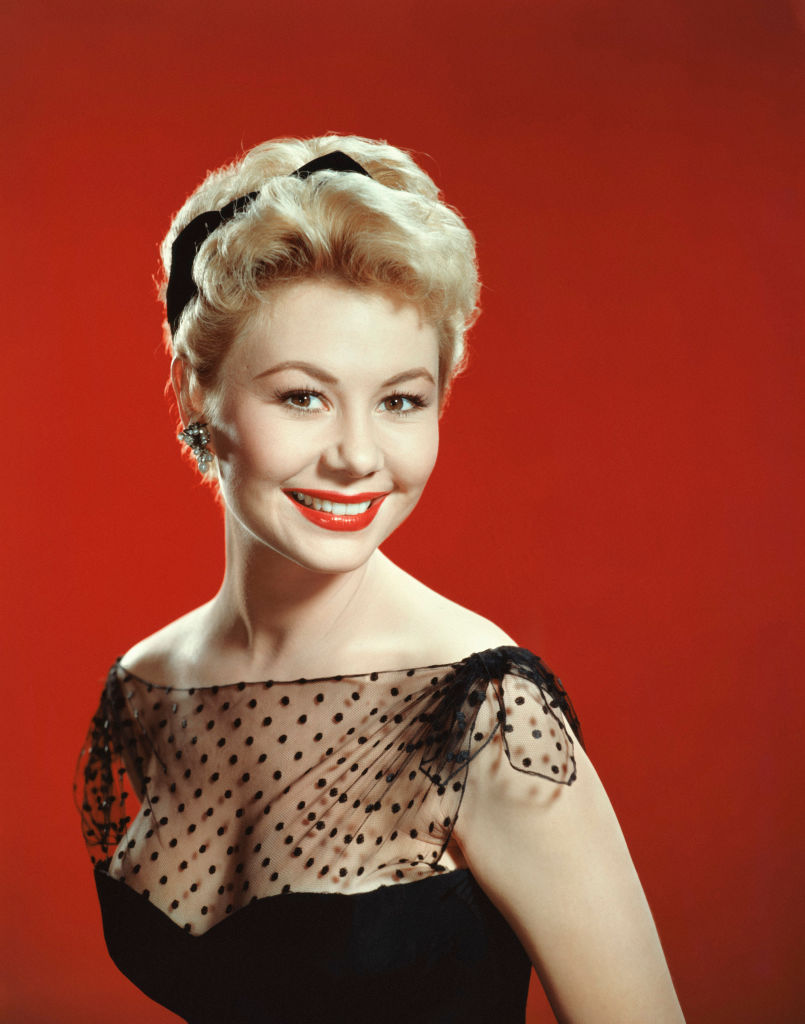
Born September 4, 1931 in Chicago, Gaynor began singing and dancing from a young age and signed a contract with Twentieth Century Fox at 17. After making her debut in 1950’s My Blue Heaven, she quickly rose to become a star.
One of classic Hollywood’s biggest “triple threats,” Gaynor’s singing, dancing and acting talents, combined with her energy and charm, made her a big draw in many hit musical films of the era, and she co-starred with some of the biggest movie stars. Her memorable films include There’s No Business Like Show Business, Anything Goes, Bloodhounds of Broadway and Les Girls.
But Gaynor is best known for starring in the 1958 film South Pacific, the big-screen adaptation of the beloved Rodgers and Hammerstein musical.
In the lead role of Nellie Forbush, Gaynor performed classic numbers like “I’m Gonna Wash That Man Right Outa My Hair,” “A Cockeyed Optimist” and “A Wonderful Guy.” She received a Golden Globe nomination for her performance.

Gaynor made her last film appearance in 1963, but she reinvented herself as a live performer, to great success. Throughout the ’60s and ’70s, her act was a major draw in Las Vegas, and she had a series of lavishly produced television specials. She continued performing into her senior years.
Rest in peace to Mitzi Gaynor, one of the last surviving stars of golden age Hollywood who will always be remembered for her unforgettable performances in musicals like South Pacific.
Please share this story in memory of this show biz icon ❤️💔
Woman Got Involved in a “Best Mother” Competition but Quit After Reading Her Daughter’s Diary – Story of the Day

Martha made it her mission to ensure her daughter’s success: numerous classes, a violin teacher, and daily chores. Martha was certain that all of it would help Ellie find happiness. But after participating in a “Best Mother” contest with her neighbors, she realized what being a mother truly meant.
Martha and her cheerful neighbor Jen strolled up the pathway to Lois’s house, the faint scent of freshly trimmed grass mingling with the floral perfume wafting from Lois’s garden.
As the door swung open, there stood Lois, her impeccably styled hair and tailored outfit a testament to her attention to detail.
“Welcome, ladies,” Lois greeted them with a smile that hinted at smugness. She grandly gestured for them to enter.

For illustration purposes only. | Source: Midjourney
“Come in, come in.”
Jen, ever the social butterfly, stepped in first. “Wow, Lois, your home looks stunning as always!” she said, her tone warm and genuine.
“I can’t wait to hear what’s new with you.”
Martha followed, already feeling a knot tighten in her stomach. For her, stepping into Lois’s house wasn’t just a visit — it was entering enemy territory.

For illustration purposes only. | Source: Midjourney
Lois wasn’t just a neighbor; she was Martha’s unspoken rival, someone who always seemed to flaunt her accomplishments.
Lois led them into the living room, a space that looked like it had been pulled straight out of a magazine. Every piece of furniture was perfectly coordinated, and the room practically sparkled.
“Let me show you something,” Lois said, her voice dripping with pride. She motioned to a set of plants lining the windowsill.

For illustration purposes only. | Source: Midjourney
“These are imported from Italy. Aren’t they divine? They really bring a sense of elegance to the room.”
“Oh, they’re gorgeous!” Jen said, leaning in for a closer look. “You have such a knack for decorating, Lois.”
Martha, however, merely nodded, forcing a tight smile. To her, this wasn’t about plants — it was Lois reminding everyone how much better she was.
The tightness in Martha’s jaw betrayed her efforts to stay calm.
“And look at this,” Lois continued, picking up a delicate tea set from the table.
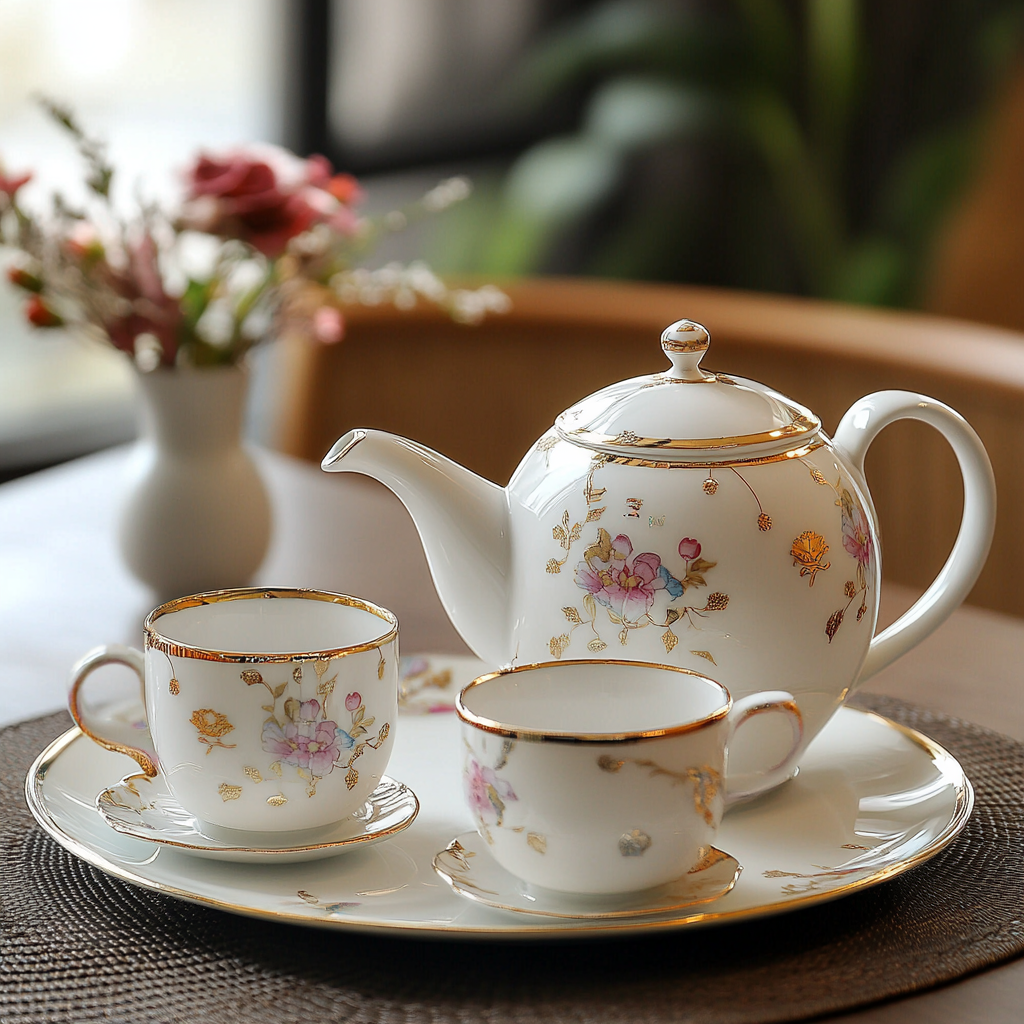
For illustration purposes only. | Source: Midjourney
“It’s made from a rare ceramic. Took weeks to arrive, but it was worth it, don’t you think?”
Jen clapped her hands together.
“Beautiful! You really know how to choose the best.”
As the women settled into their chairs, Jen suddenly lit up with an idea.
“You know what we should do? Let’s have a little contest this weekend — a ‘Best Mom’ competition!”

For illustration purposes only. | Source: Midjourney
Lois raised an eyebrow. “Oh?”
“Yeah!” Jen said, her excitement growing.
“Each of us can cook a dish, show off our homes, and have our kids perform something. It’ll be fun! A little family-friendly rivalry never hurt anyone.”
While Jen imagined a fun, lighthearted event, Martha and Lois exchanged glances.
To them, this was more than a casual game — it was a chance to prove who was better. Both women nodded without hesitation, their competitive spirits igniting.

For illustration purposes only. | Source: Midjourney
“Sounds perfect,” Lois said, her tone sharp and confident.
“I’m in,” Martha added, determined not to be outdone.
Jen clapped her hands together.
“This will be so much fun!” she exclaimed, oblivious to the subtle tension simmering between her neighbors.
Back home, Martha stood in the kitchen, her mind already racing with ideas for the competition.

For illustration purposes only. | Source: Midjourney
She called out sharply, “Ellie! Come here, please!” Her voice echoed through the house, urgency clear in her tone.
Ellie appeared moments later, her hair slightly messy from playing outside. “What’s up, Mom?” she asked, her cheerful demeanor lighting up the room.
Martha wasted no time.
“This weekend, we’re participating in a competition with Lois and Jen — a ‘Best Mom’ contest. We need to give it everything we’ve got. Our family’s reputation is on the line.”

For illustration purposes only. | Source: Midjourney
Ellie’s smile faltered slightly, sensing the weight in her mother’s voice. But she nodded quickly, her usual optimism kicking in.
“Don’t worry, Mom. I won’t let you down. I’ll do my best.”
Martha gave her a brisk nod. “Good. Let’s get started.”
They dove into the first task: cooking. Martha had decided on her famous apple pie, a recipe she knew could impress.
She meticulously instructed Ellie; from peeling the apples to mixing the dough.

For illustration purposes only. | Source: Midjourney
“No, not like that,” Martha corrected when Ellie tried rolling out the crust. “It needs to be perfect.”
Ellie smiled nervously and adjusted her technique. “Got it, Mom.”
Despite the sharpness in Martha’s tone, Ellie didn’t complain. She softly hummed as she worked, trying to stay positive.
The kitchen smelled heavenly as the pie baked, its golden crust a testament to their hard work.
Next, Martha dragged Ellie outside to inspect the lawn.
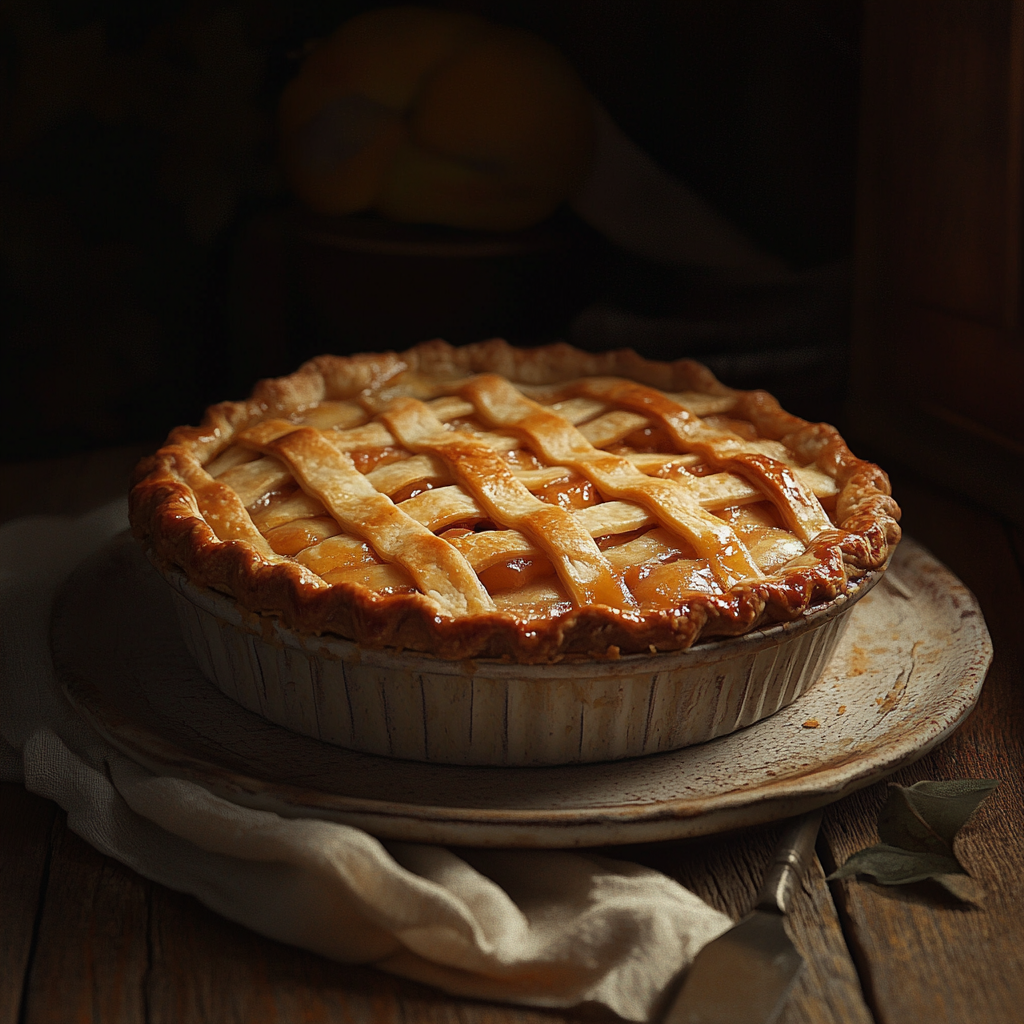
For illustration purposes only. | Source: Midjourney
“We can’t have a single weed or blade of grass out of place,” she declared, bending down to straighten a flower. They worked side by side, ensuring every detail was flawless.
Finally, they moved to Ellie’s room to rehearse her violin performance. Ellie set up her sheet music, her fingers slightly trembling as she began to play.
Halfway through, she stumbled on a note, her nerves taking over.
“Ellie, focus!” Martha snapped, her frustration clear. “You need to get this right.”

For illustration purposes only. | Source: Midjourney
Ellie’s cheeks reddened, and she swallowed hard.
“I will, Mom. Let me try again.”
As she lifted the bow to the strings, the pressure in the room felt almost tangible.
Ellie pushed forward, determined to meet her mother’s expectations, even as the weight of it all began to build.
The day of the competition dawned bright and chilly. Neighbors gathered in the crisp morning air, chatting excitedly as the three contestants prepared for their first challenge.
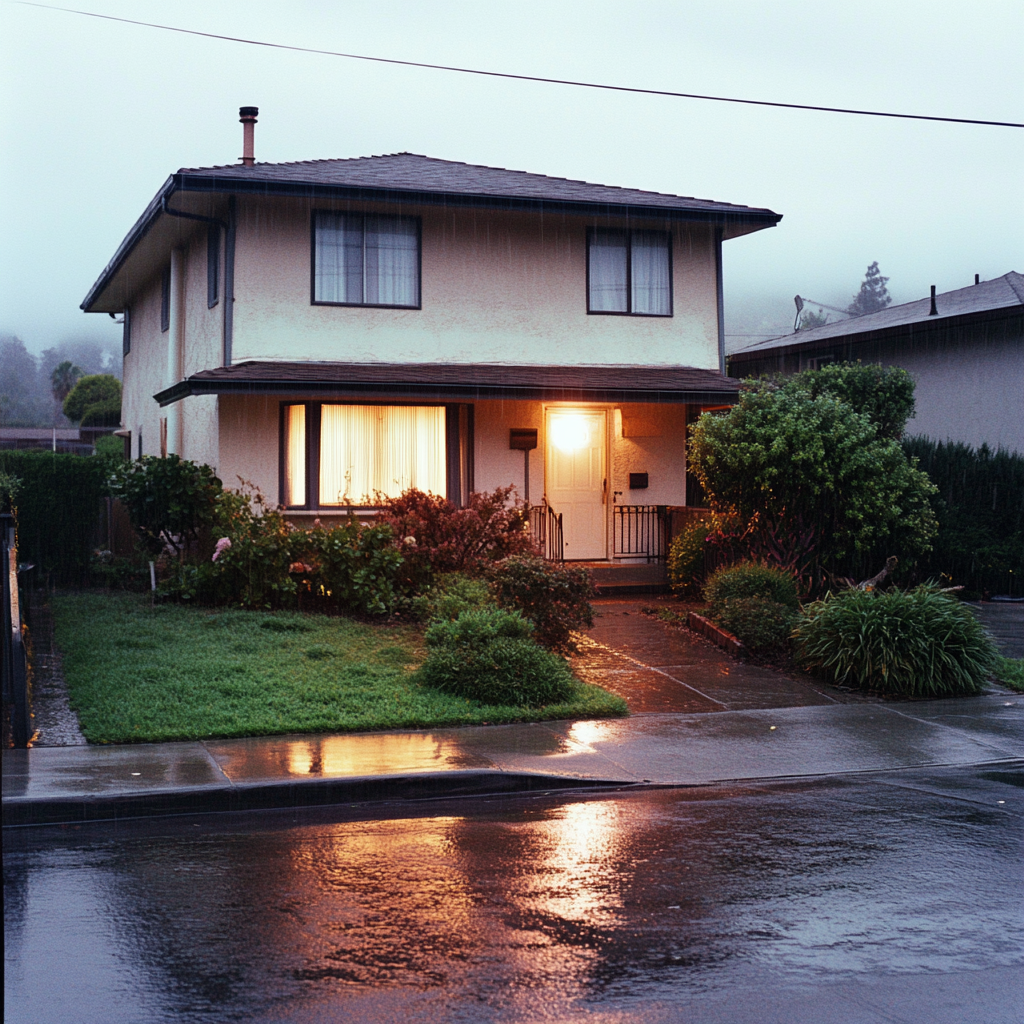
For illustration purposes only. | Source: Midjourney
Martha stood near her table, carefully arranging her apple pie on a decorative platter.
Nearby, Jen cheerfully set out her mac and cheese, and Lois placed her lasagna with an air of confidence that made Martha’s jaw tighten.
Nigel, the elderly man appointed judge from across the street, shuffled forward to begin the tasting.
His reputation for fairness and thoughtful opinions made him the perfect choice. He picked up his fork with a kind smile and approached Jen’s dish.
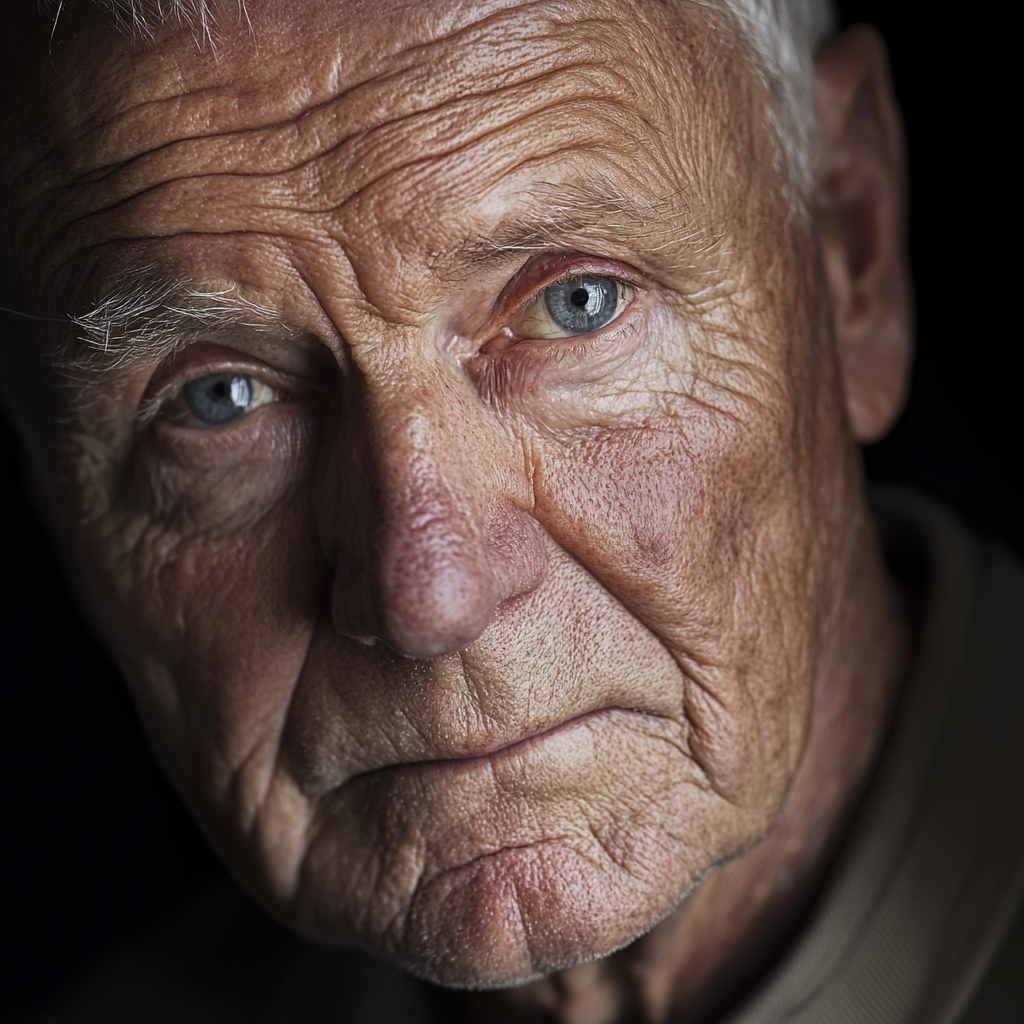
For illustration purposes only. | Source: Midjourney
“Mac and cheese,” he remarked, taking a bite. Jen’s sons watched with wide, eager eyes as he chewed thoughtfully. Finally, he smiled warmly.
“Simple but comforting. Well done.”
Jen grinned, clearly pleased. “Thank you, Nigel!”
Next, Nigel turned to Martha’s apple pie. Martha clasped her hands tightly, her stomach churning with nerves as he sliced into the golden crust. He took a bite, his face betraying nothing as he chewed.
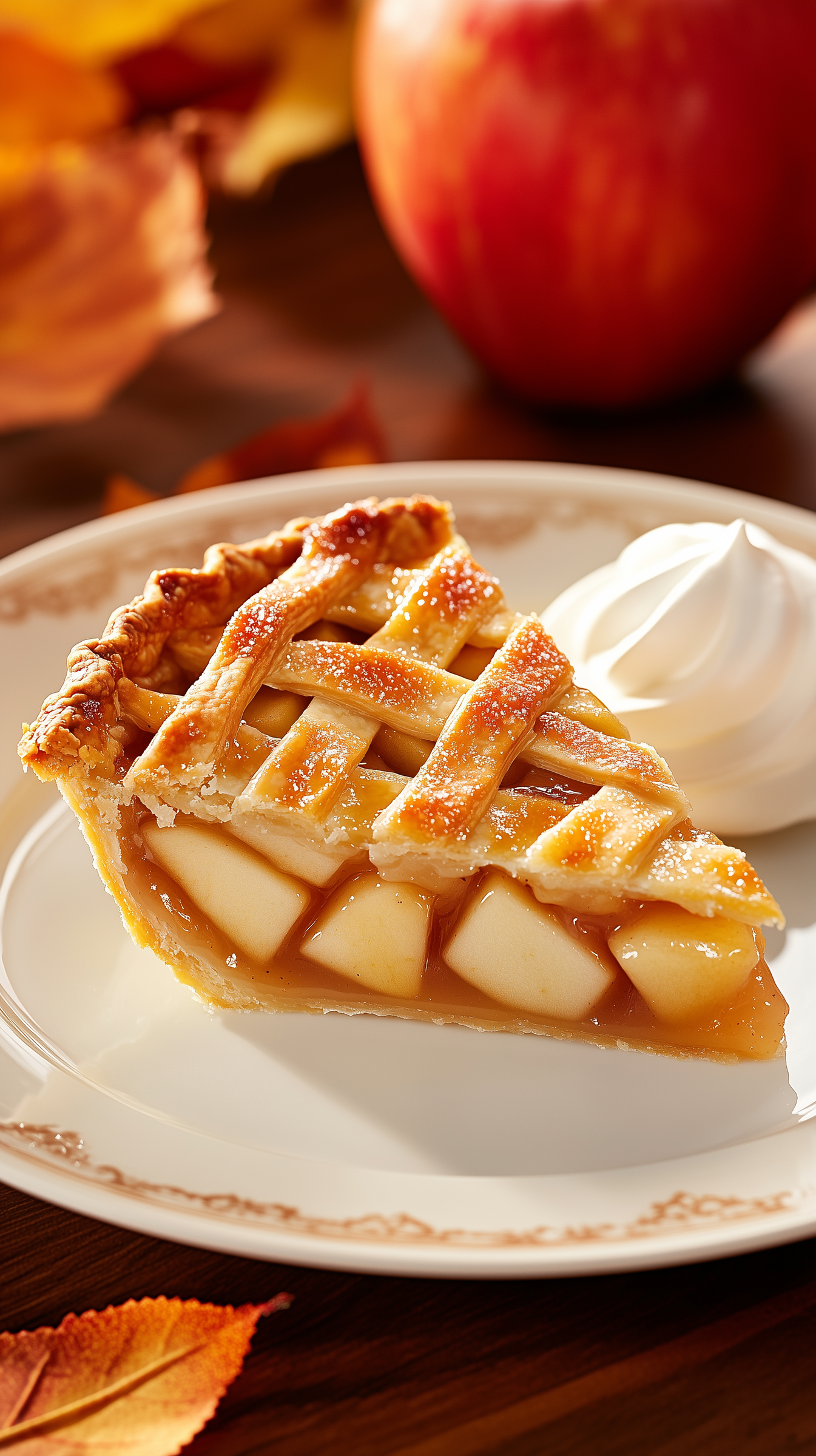
For illustration purposes only. | Source: Midjourney
Then, with a small nod of approval, he said, “Lovely balance of flavors. A classic done right.”
Martha exhaled in relief, allowing herself a small smile. But that relief was short-lived as Nigel moved to Lois’s table.
Her lasagna, perfectly layered with bubbling cheese and a rich tomato sauce, looked straight out of a cooking show.
Nigel took one bite, then another, and another, finishing the entire serving.
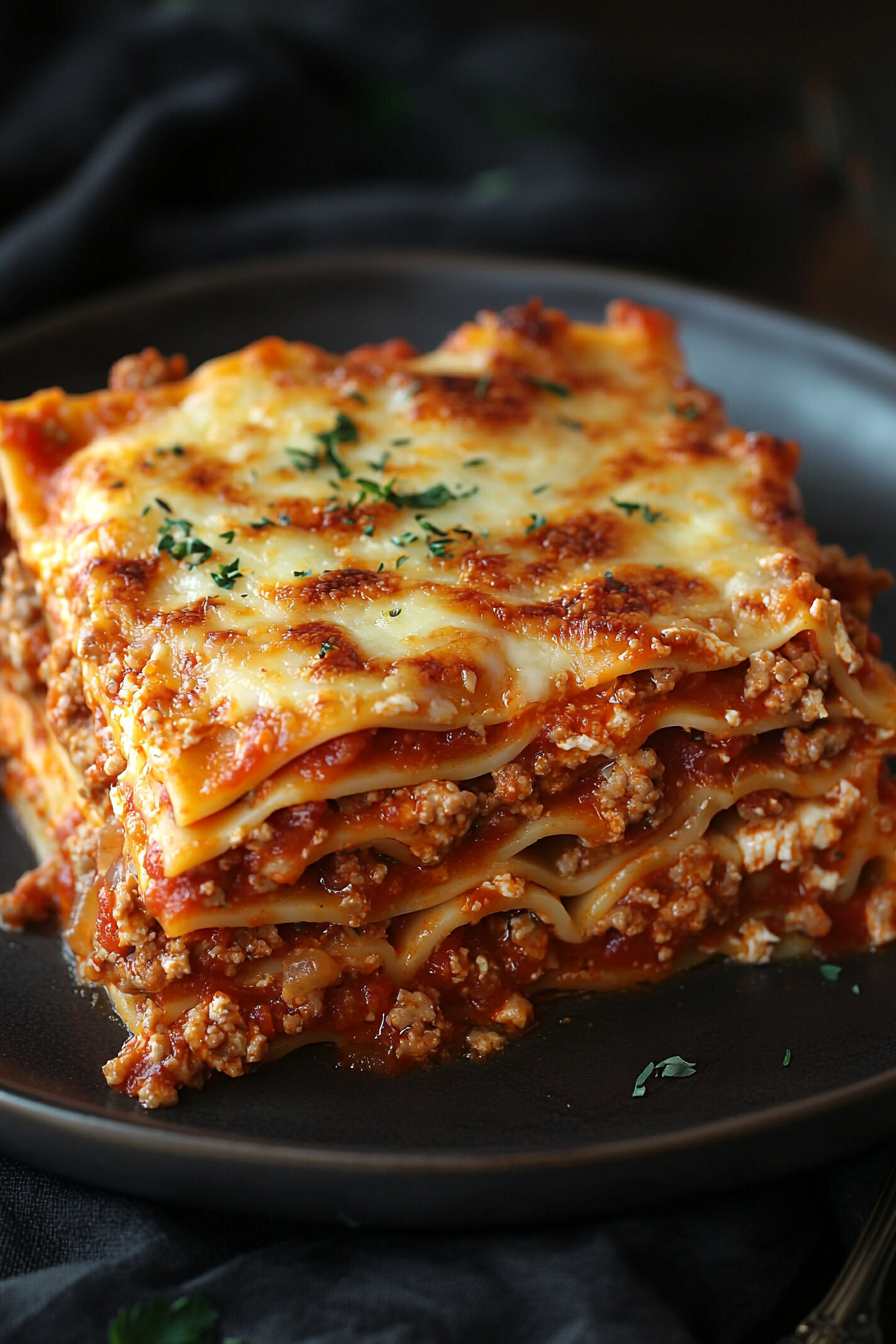
For illustration purposes only. | Source: Midjourney
“Well,” he said with a chuckle, wiping his mouth. “This lasagna is exceptional. The first point goes to Lois.”
Lois beamed while Martha’s face fell.
“It’s just one round,” she muttered under her breath, trying to stay composed. She quickly urged Nigel to begin the next stage.
Nigel moved from house to house, inspecting the exteriors.
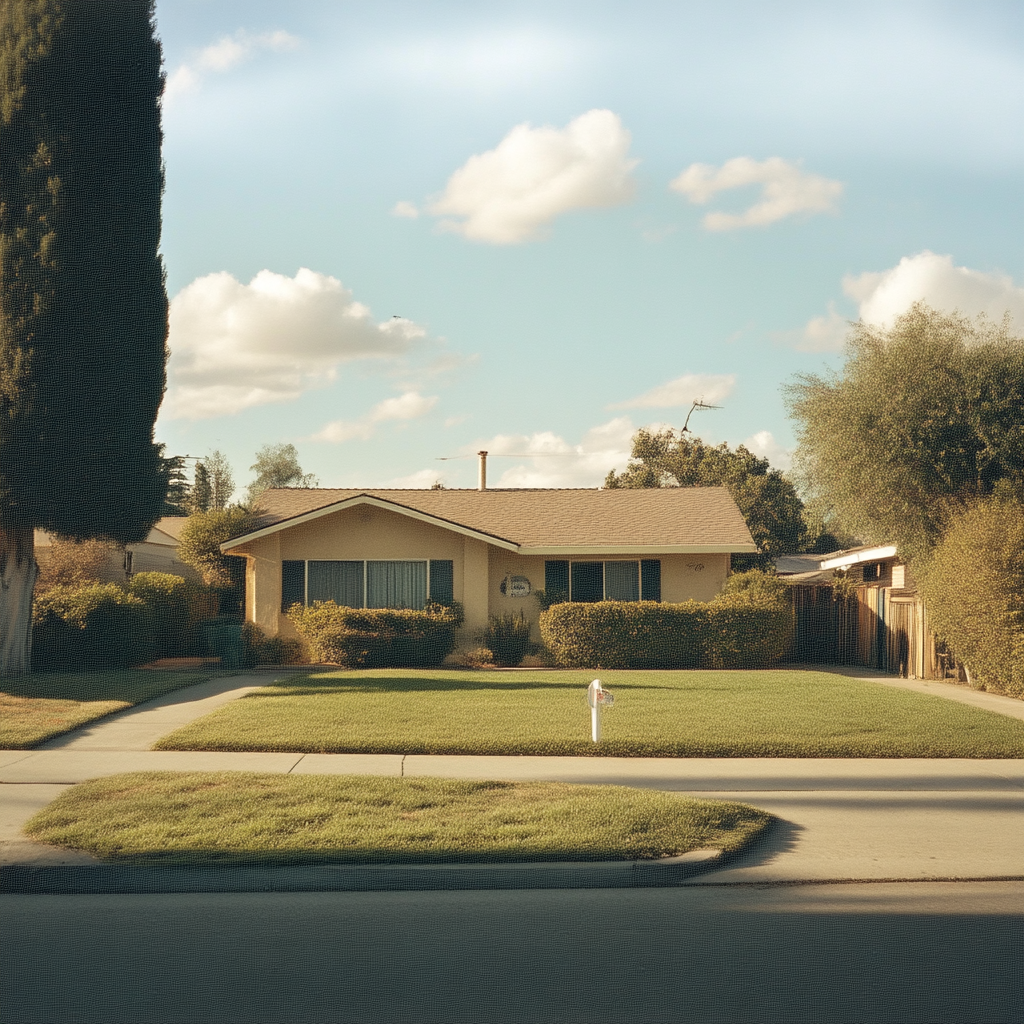
For illustration purposes only. | Source: Midjourney
Jen’s home was charming, with bright flowers in simple pots, but Nigel seemed more impressed by Martha’s perfectly manicured lawn and vibrant flower beds.
“This is beautiful,” he declared, awarding Martha the point for the best exterior. Martha felt a rush of satisfaction as Lois’s expression soured.
Finally, it was time for the last round: the children’s performances. Pam, Lois’s daughter, was first.

For illustration purposes only. | Source: Midjourney
She stepped forward confidently to sing but faltered midway, her voice cracking. Her face flushed, and she ran off, refusing to continue.
Martha smirked, feeling her chances of winning improve.
Next, Jen’s sons performed. Their dance routine was unpolished, but their playful energy and heartfelt song about their mom touched the audience.
“She’s our superhero,” they sang, drawing smiles and applause.

For illustration purposes only. | Source: Midjourney
As the boys finished, Martha realized Ellie was nowhere to be seen. Her confidence wavered.
“Go get her,” Nigel said, glancing at his watch. “We don’t have all day.”
Panicked, Martha rushed back to the house, her heart pounding. Something was wrong, and she needed to find Ellie fast.
Reaching Ellie’s room, Martha paused outside the door, hearing muffled sobs from within. Her heart sank.
Ellie was always cheerful, her laughter lighting up even the gloomiest days. Hearing her cry was like a punch to Martha’s chest.

For illustration purposes only. | Source: Midjourney
She hesitated, unsure how to approach her daughter, then gently knocked and opened the door.
Ellie spun around, hastily wiping her eyes. Her face was red, and her hands trembled as she tried to shove something into her desk drawer.
“What’s wrong, sweetheart?” Martha asked, her tone soft and concerned — a stark contrast to her usual commanding voice.
Ellie forced a shaky smile. “It’s nothing, Mom. Don’t worry. I’ll win. I promise to make you proud.”

For illustration purposes only. | Source: Midjourney
Her voice wavered as she spoke, but before Martha could say anything, Ellie grabbed her violin and bolted past her.
Martha stood frozen for a moment, staring at the desk. Something didn’t feel right.
Glancing toward the hallway, she hesitated. Part of her knew she should respect
Ellie’s privacy, but another part — her instincts as a mother — told her to look. Slowly, she opened the drawer and found Ellie’s diary.

For illustration purposes only. | Source: Midjourney
Her hands trembled as she flipped through the pages, the last entries smudged with tear stains. The most recent page caught her eye. As she read the words, her heart broke:
“Today, I can’t fail. I have to be perfect. Mom is counting on me, and I know I can do it. But why am I so scared? I’ve played this piece perfectly before, so why do I keep messing up now? Please, let everything go right. I want Mom to be proud of me. I want her to love me. I can’t lose…”
Tears welled up in Martha’s eyes. She had never realized how much pressure she had put on Ellie — not for Ellie’s sake, but for her own pride.
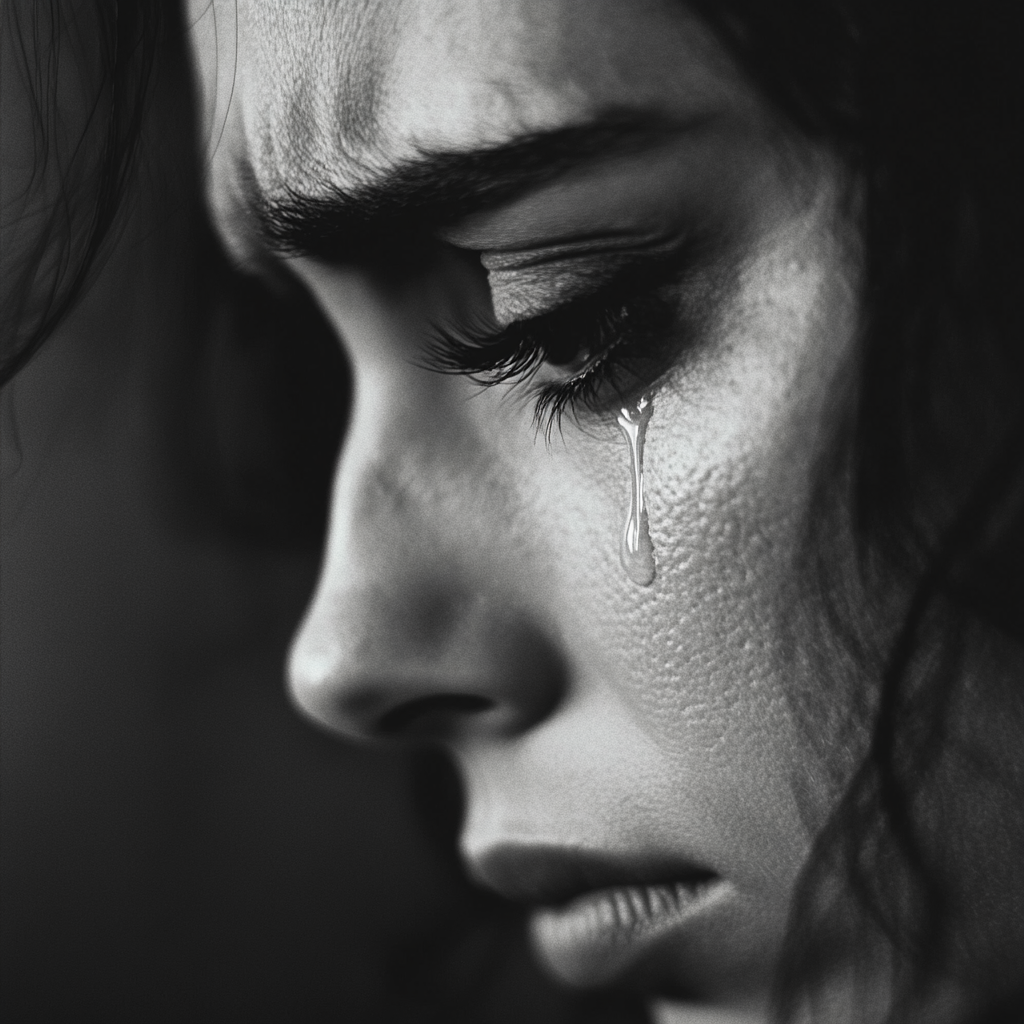
For illustration purposes only. | Source: Midjourney
Ellie wasn’t trying to succeed for herself; she was doing it to win her mother’s love and approval.
Placing the diary back carefully, Martha rushed outside. Ellie was standing by the stage, gripping her violin tightly, her knuckles white.
Her eyes darted nervously across the crowd.
Martha ran to her without a second thought, pulling her into a tight embrace.
“I’m so sorry, Ellie,” Martha whispered, her voice breaking. “You don’t have to do anything. You don’t have to prove anything. I already love you, and I’m so proud of you — no matter what.”
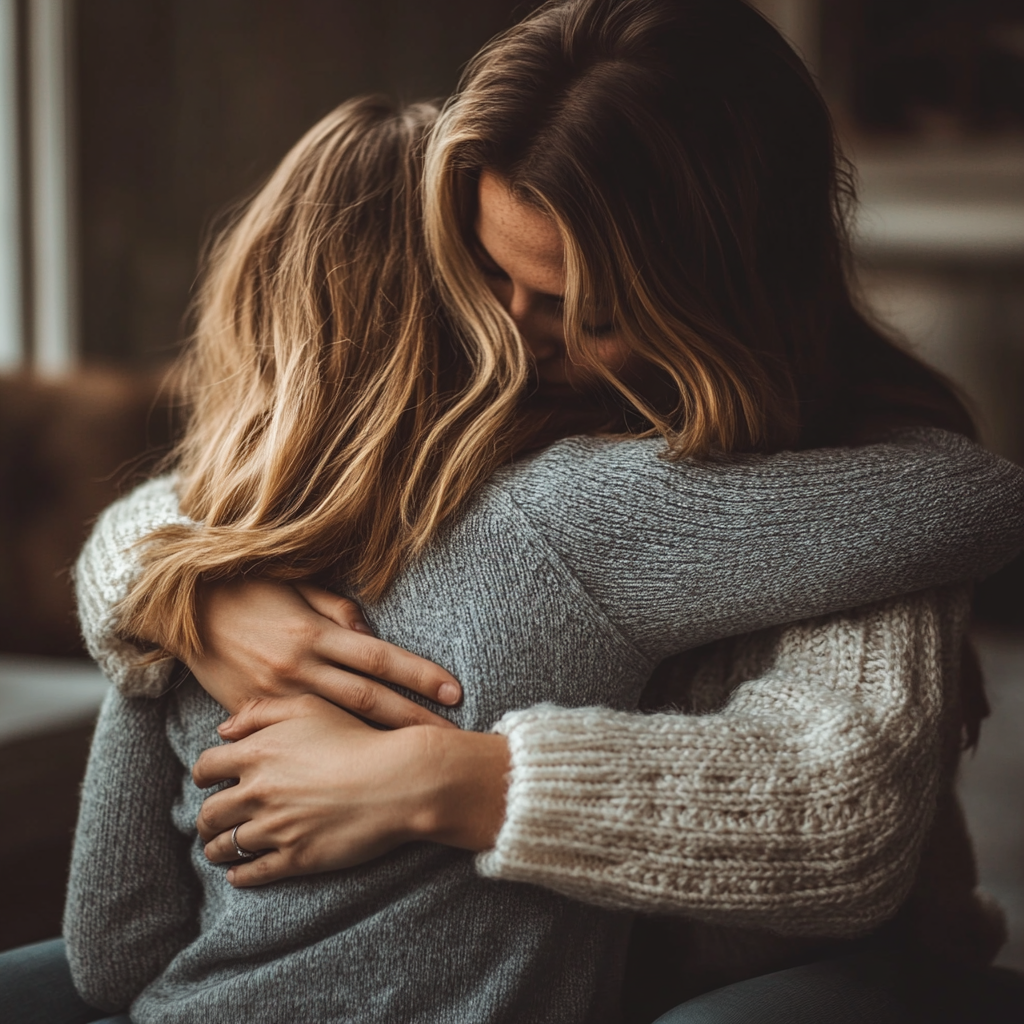
For illustration purposes only. | Source: Midjourney
Ellie froze for a moment, then relaxed into her mother’s arms. Her tears spilled over, but this time, they were tears of relief. “Thank you, Mom,” she whispered.
Back on stage, Nigel smiled kindly as he announced that the points would be shared evenly, declaring all three mothers winners.
Jen clapped enthusiastically, her joy infecting the crowd. “This was so much fun!” she exclaimed.
Martha turned to Jen, her eyes filled with gratitude. “Thank you for helping me see what being a great mom truly means.”
Tell us what you think about this story, and share it with your friends. It might inspire them and brighten their day.
If you enjoyed this story, read this one: As good friends often do, Lisa and Lora decided to show their support and took Emma to a ski resort for Christmas to help her forget about her recent breakup. However, veering off the trail with Sam made her realize that this Christmas wouldn’t go as planned. Read the full story here.
This piece is inspired by stories from the everyday lives of our readers and written by a professional writer. Any resemblance to actual names or locations is purely coincidental. All images are for illustration purposes only. Share your story with us; maybe it will change someone’s life.

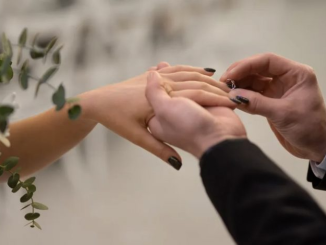
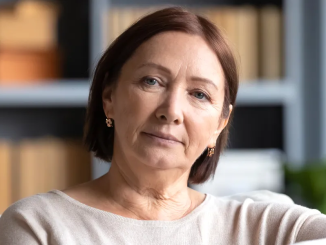
Leave a Reply